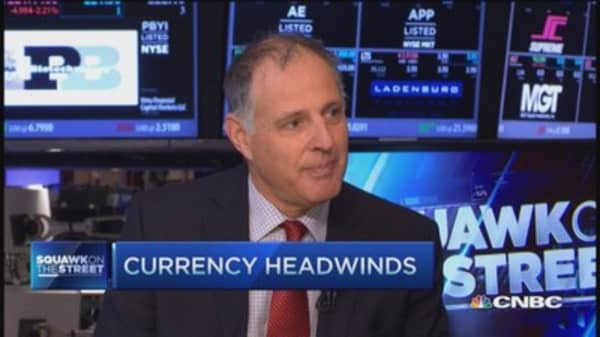The euro is sliding, the ruble has crashed and a surging Swiss franc recently sank the fortunes of more than a few currency traders on the wrong side of their bet.
It's a volatile time in foreign exchange, a notoriously difficult market to bet on. To do so, you have to decide whether one currency is over or undervalued in relation to another. For that, you'll need econometric models made up of hundreds of algorithms built by rocket scientists.
Or you could just go buy a lot of Big Macs.
That's the basic methodology underlying a simpler currency valuation model set up by the editors at The Economist magazine. Once a year, they dispatch staffers around the world to head to the nearest McDonald's and order a Big Mac. And expense it.
According to the latest reading of the Big Mac Index, the value of the dollar continues to fatten in much of the fast-food eating world.
Read MoreEven mightier dollar? Have no fear, analyst says
Among the 57 countries tracked in the latest run, Switzerland topped the chart. A burger purchased under the golden arches in Zurich will set you back $7.54 in dollar terms, on average, while the average price in the U.S. this month was $4.79.





